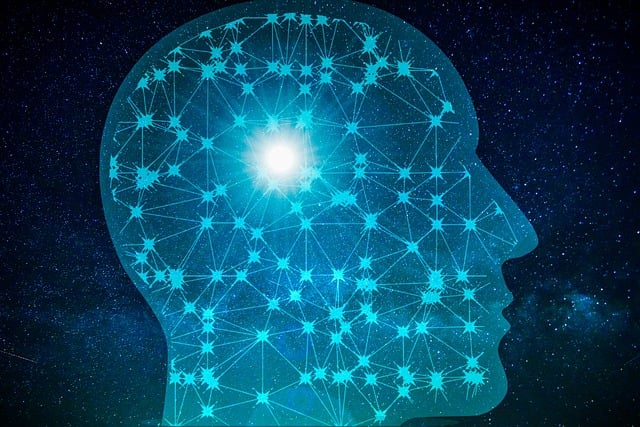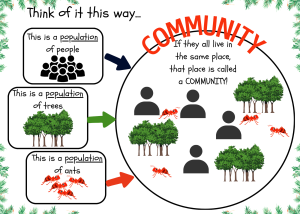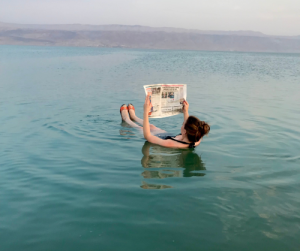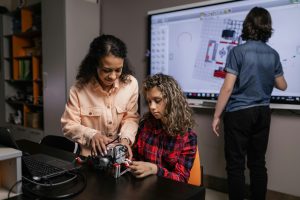If linear note-taking puts your students to sleep, you must try mind maps. The idea is simple. You start with a central idea and branch out into related concepts. [Keep reading.]
What is a mind map?
Mind maps are a visual way to connect key thoughts and ideas on paper. It’s kind of like a cross between written notes and artwork.
As with Cornell notes, the idea is to gather the key/pertinent points in a lecture. For mind maps, the note-taker adds enough wording and visual effects to create a memorable note-taking experience.
Mind maps have an artistic flow that is visually appealing. This, in turn, leads to seeing and experiencing what is being taught. And that helps students make and retain the information and establish connections.
Basic Design
The basic mind map design begins with a central hub. It is typically placed at the center of a piece of paper. Each key area or branch shoots off from that central hub. Ideas, facts, & important information related to any branch become sub-branches. Keeping facts or data visually connected emphasizes how the points relate. That in turn assists students in “seeing” and better retaining what is being taught.

How It Started
In my classes, students were required to take notes. About 9 weeks into the semester, they were introduced to different means of note-taking. Mind maps were part of their introductory experience. Naturally, they were told my reasoning – to introduce them to different and more efficient methods of taking notes that would help them in high school and beyond.
The process of introducing mind maps to my students started with a slide presentation. Within the presentation were examples to help them visualize the idea and system behind mind maps.
Videos, like this one, were an essential tool also used to help them understand the process. Since my students had never taken notes using this method, they were led through the method one step at a time as we tackled a science unit.
The Early Version
Most of the mind maps my students created were done on paper. However, now with the abundance of electronic devices and the internet, they can be made using mind-mapping software. (More on this later.)
In preparation for note-taking, large sheets were cut from a newsprint roll (a free or cheap source of large paper). That paper, a pencil, and five or so colored pencils completed the materials.
Using a SmartBoard, students were introduced to the “look” of a mind map via a slide presentation. As we continued the unit, a skeleton version was placed on the whiteboard.
At the beginning of the unit, they were told how many branches to expect and which branches needed the most space. This helped them to plan and make the most of the space on the paper. The idea was to have the mind map on one side of one piece of paper. I used newsprint as that allowed students more room to write and draw.
The evolving drawing I made on the whiteboard served as a skeleton of the actual product. Its only purpose was to provide an outline. The ultimate aim was to have them embellish theirs with their own words, images, and colors. It was, after all, their unique creation based on their thinking and ideas.
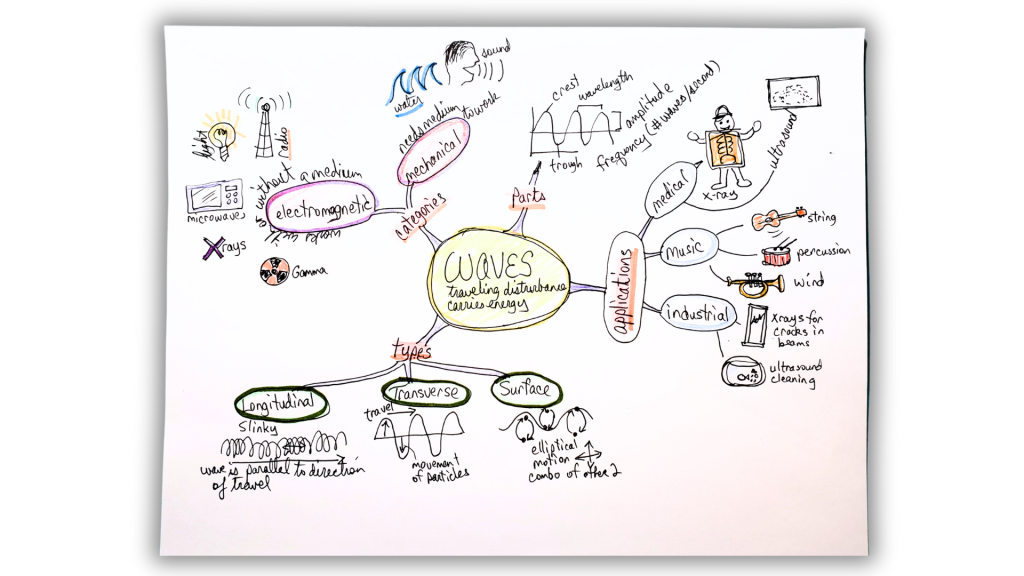
The Product
Since these are singular works, the results varied. Student mind maps ranged from the bare bones lines, boxes, & circles to incredible pieces of art. It was amazing what students came up with. Students who were artistically inclined loved the process. But, the vast majority of students took to this form of note-taking.
As mentioned, students were given a grade for their notes. [Notes were an easy means of earning maximum points on a gradesheet.] Notes weren’t graded on how they looked but on what they contained. So, once a student completed their mind map, they received credit for the notes.
Digital Mind Maps
As mentioned above, a digital version of mind mapping is another alternative. At the time this note-taking instruction endeavor was begun, the school had limited access to computers. So, even though the apps were available, it was not a workable option.
If you wish to pursue the digital route, here are some links to resources that offer free or low-cost mapping software:
- Top 10 Free Mind Map Software for 2023
- 20 Best Free Mind Mapping Software For Getting Creative In 2024
- 7 Best Mind Mapping Tools and How to Best Use Them
Any of these apps will also do the trick:
- Google Draw and Slides
- Libre Office Draw or Presentation
- Microsoft PowerPoint
Any drawing or slide presentation software will do the trick. Students could even create a digital version using a sketching tool on a tablet or other device. If students are unfamiliar with how to use the more technical apps, the online free versions are good choices as these are very intuitive.
Conclusion
Mind maps are truly a fantastic way to visually take notes while making connections between different topics. As important, the creativity of mind mapping can make studying a lot more enjoyable and memorable.
In conclusion, the journey into teaching effective note-taking strategies has revealed the power of mind maps, particularly in a middle school setting. Recognizing that the traditional linear approach may not resonate with all students, the introduction of mind mapping has proven to be a game-changer. Besides, I would guess that most MS students don’t know how to take notes.
As with any note-taking system, encouraging active listening is the foundational step. Couple that with a means for students to craft visually engaging mind maps and you unlock their creativity.
The transition from rote note-taking to a personalized, connected visual representation of ideas stimulates their engagement and fosters a deeper understanding of the subject matter.
The paper-and-pencil method is a good starting point and allows for creative expression. But, don’t forget the potential for digital mind mapping for those with access or an inclination for technology.
As educators, the exploration of different note-taking methods serves as a reminder that we should establish an environment where students can choose the approach that clicks with them. We are, after all, seeking to nurture their academic success. In empowering students to find their unique paths to understanding, we open the door to a richer and more effective learning experience.
Related Links
https://www.goodnotes.com/blog/mind-mapping-methods
https://setapp.com/how-to/mind-maps-for-note-taking (digital form)
https://venngage.com/blog/mind-map-note-taking/

